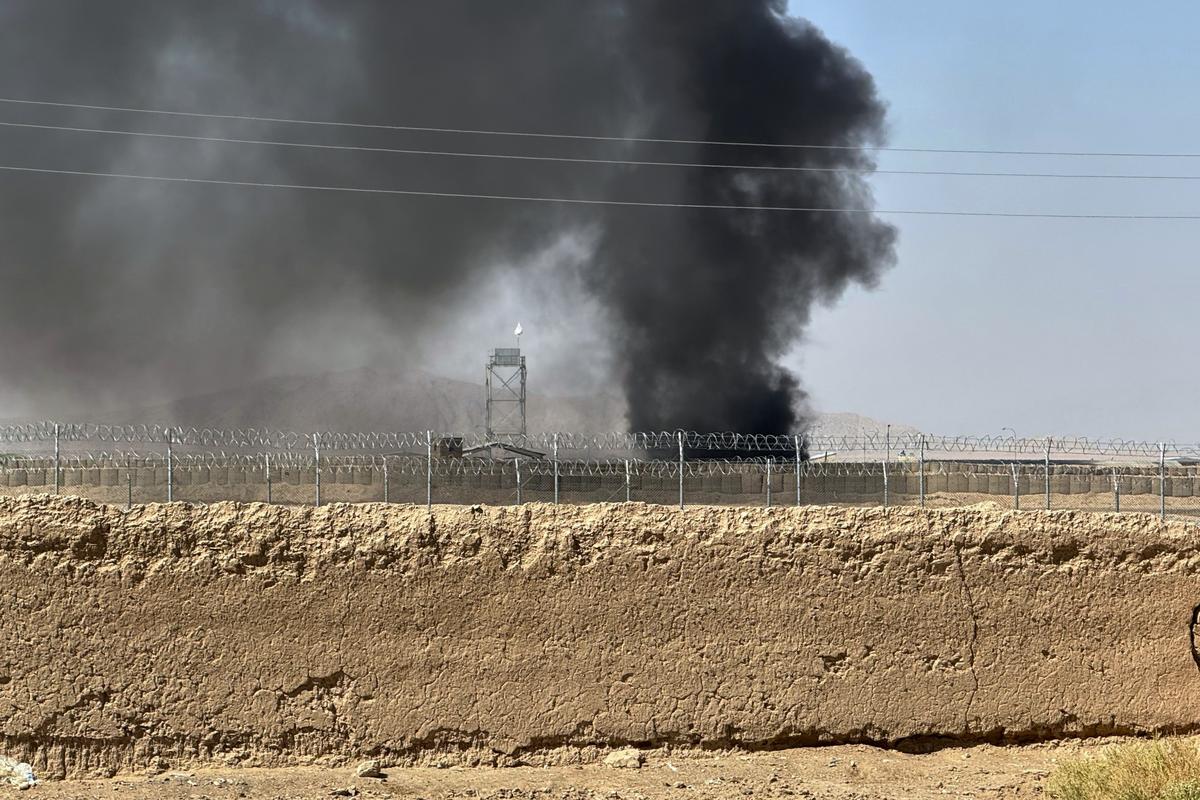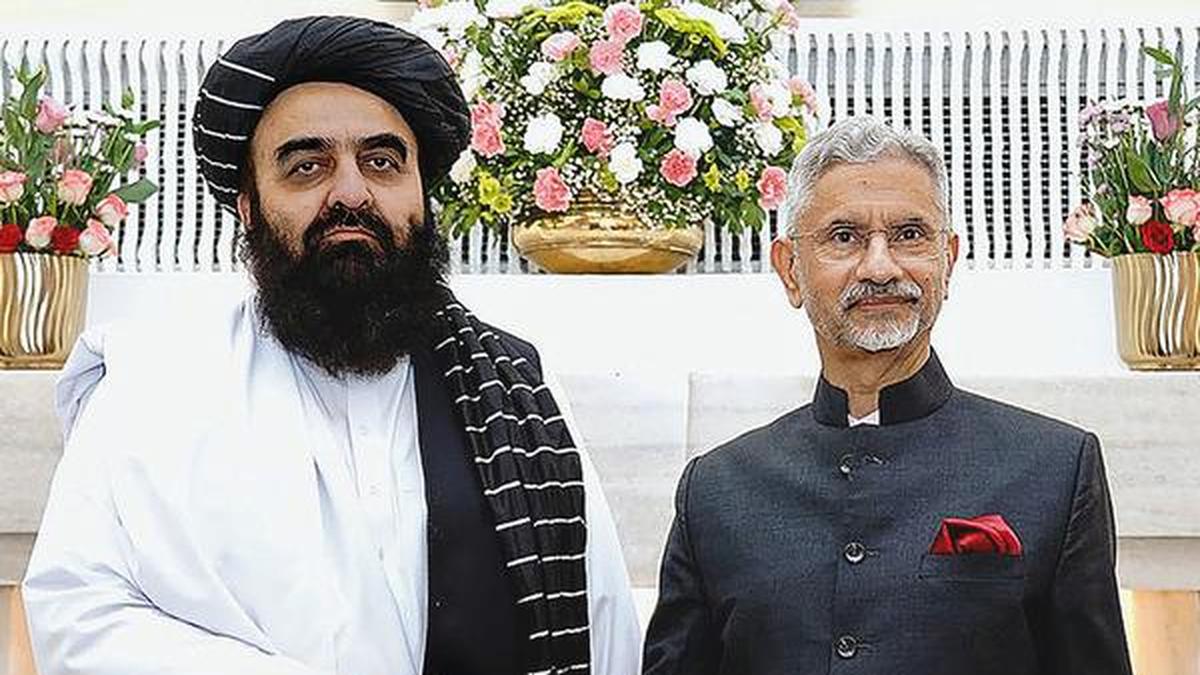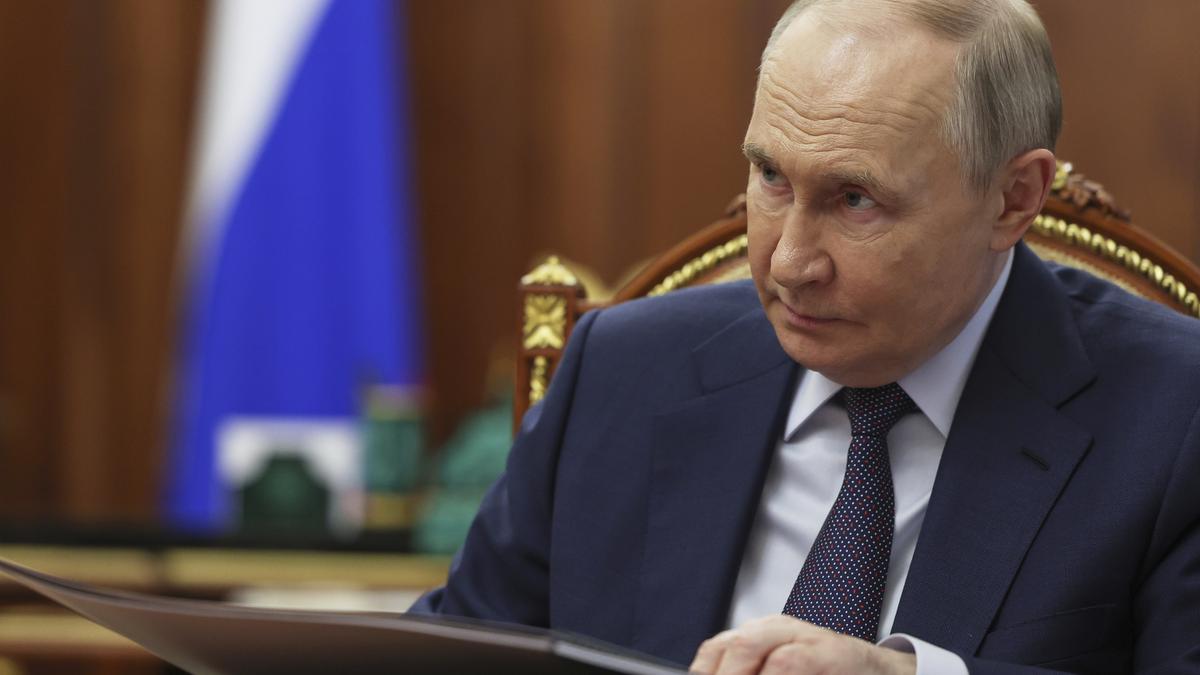(This article is part of the View From India newsletter curated by The Hindu’s foreign affairs experts. To get the newsletter in your inbox every Monday, subscribe here.)
India has historically enjoyed warm ties with Afghanistan, except the period when the Taliban were in power in the 1990s. The monarchy in Afghanistan remained equidistant to India and Pakistan during the conflicts between the two countries. When Afghanistan became a republic, following Daoud Khan’s bloodless coup in 1973, Kabul grew closer towards New Delhi. When the communist People’s Democratic Party of Afghanistan (PDPA) captured power in 1978, which was followed by bloodshed, Soviet intervention and a civil war, India was the only non-communist country that had recognised the Soviet-backed regime. Even the Mujahideen-run regime in Kabul, which followed the PDPA regime, established close ties with Delhi after the initial scepticism. After the fall of the Taliban in 2001, India would emerge as a key player in Afghanistan by making investments and building stronger political ties with the new regime. But the Taliban’s return in 2021, after two decades of American occupation, posed a major regional challenge to India.
Last week, India hosted the Taliban’s Foreign Minister Amir Khan Muttaqi and decided to upgrade its ‘technical mission’ in Kabul to the status of embassy, in a major move signalling that India was moving a step closer to recognising the Taliban regime.
When the Taliban, who as an insurgency were backed by the Pakistani establishment, returned to power in 2021, then Pakistan Prime Minister Imran Khan said the Afghans “have broken the shackles of slavery”. Many saw the Taliban’s triumph as a major strategic victory for Pakistan, which always wanted to deepen its influence in Afghanistan for strategic depth. India, on the other side, was worried because of the rise of a Pakistan-backed Islamist insurgency to power. India risked losing the influence it had built in Afghanistan over the past two decades. Broadly speaking, India has three objectives when it comes to dealing with Afghanistan. One, India had invested some $3 billion in Afghanistan between 2001 and 2021. It wants to protect those investments. Two, India, unlike in the 1990s, would not like Afghan soil to be used by anti-India militants. Three, India would also not like to see the Taliban becoming an external arm of Pakistan’s establishment. In other words, it would explore or encourage the possibility of the Taliban’s autonomy from Pakistan’s establishment. To meet all these, there’s no other way but to engage the Taliban — and India had signalled from 2021 onwards that it was willing to engage the Taliban.

Over the past two years, there were dramatic developments in Pakistan-Afghanistan relations. The Taliban’s return to power in Kabul invariably strengthened the Tehreek-e-Taliban Pakistan (TTP, also known as the Pakistan Taliban), which has stepped up attacks inside Pakistani territory. Islamabad-Rawalpindi accuses the Taliban regime of providing a safe haven to the TTP across the porous Af-Pak borders. Tensions led to open cross-border clashes, leading to a breakdown in the relationship between the Taliban and their former patron, the Pakistani establishment. India saw this as an opening to speed up the reorganisation of its ties with the Taliban. When Muttaqi was in India, Pakistan bombed Kabul, which led to dayslong cross-border firing by both sides. These incidents show how the regional equations change, two years into the Taliban rule.
While improving ties with the Taliban has its strategic or tactical benefits, the key question India faces is whether it should offer formal recognition to the regime or wait for an agreement between the Taliban and the UN or other major countries. The international community continues to press the Taliban, which has barred women and young girls from going to schools and colleges, and imposed restrictions on women joining the workforce, to respect the fundamental freedoms of Afghans. If the regime gains international legitimacy without offering any concessions, a window to force the Taliban to at least introduce some reforms would be closed.
The Top Five
1.The next steps for Afghanistan after the New Delhi visit
India must ensure a step-by-step engagement with Afghanistan, also ensuring that it projects its credentials as a humanitarian force to reckon with, writes Tara Kartha.
2.The evolving political dynamics in volatile Bangladesh
With the general election scheduled for February 2026, student activists and the Bangladesh Jamaat-e-Islami could stump the Bangladesh Nationalist Party and the Awami League, writes Kallol Bhattacherjee.
3.Ashley J. Tellis: Chinese whispers
The South Asia expert is now accused of keeping in his private custody around 1,000 pages of documents marked ‘TOP SECRET’ and ‘SECRET’, writes Varghese K. George.
4.Petitions in Nepal Supreme Court challenge House dissolution and interim government
The pleas will be heard from October 29 by the top court; deposed PM Oli’s Communist Party of Nepal (UML) says the interim govt ‘has failed to do the bare minimum to create an environment for elections’; it demands the dissolved Parliament be reinstated; President seeks cooperation of all parties, Sanjeev Satgainya reports from Kathmandu.
5. The new arc of India-Australia collaboration
Key defence agreements will result in a shared, stable and more routine model of cooperation, write Harsh V. Pant and Pratnashree Basu.
Published – October 20, 2025 01:18 pm IST


